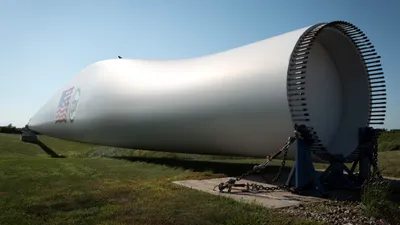Motor racing, a sport known for flashy, petrol-guzzling racecars speeding at hundreds of kilometers per hour across twisting asphalt tracks, hasn’t been a pastime known for sustainability. Formula 1 is trying to change that. Often referred to as “the pinnacle of motorsport,” the racecar organization, which hosts an annual championship featuring the best drivers in the world, has seen its carbon emissions drop 26% since 2018. At the end of the 2024 season, the sport’s carbon footprint fell to 168,720 tonnes of carbon dioxide equivalent from 228,793. F1 said in a statement on Wednesday that it’s halfway toward achieving its minimum 50% reduction target, as set out in its “net zero by 2030” commitment. “It’s a key milestone and the culmination of a lot of work,” said Ellen Jones, head of environmental, social and governance at F1, in an interview. “We’ve changed the way we operate, changed the way we work” with the racing teams and promoters, as well Formula 1’s management and regulator, she said. A major factor in the reductions has been a years-long shift to renewable energy, Jones said. Investment in sustainable aviation fuel for travel and freight use, and other alternative energy sources, including solar and biofuels, contributed to the decline. Next year, F1 has set a target for the cars to have new hybrid engines and be powered entirely by advanced sustainable fuel. “We’re not only changing what we’re doing materially, we’re also changing the technologies,” Jones said. The sport has achieved carbon reductions across the four major categories that it tracks: factories and facilities, down 59% since 2018; logistics, down 9%; event operations, down 12% on a per-race basis; and travel, down 25%. An increase in using remote operations and changes to the race schedule also have resulted in lower greenhouse gas emissions. Having remote broadcast operations has allowed about 140 personnel to avoid having to travel to the race location each





















